Who Is The Current Face Of TV Comedy? The Answer Is Not As Obvious As It Used To Be
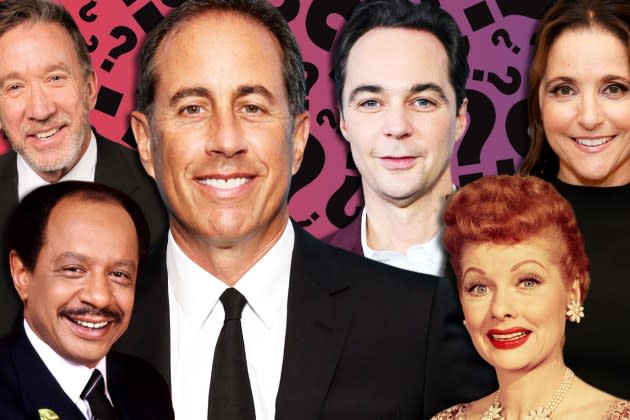
For just about every decade that there has been a sitcom on television, it’s been easy to identify those stars who shine bright as the current face of comedy. In the ’50s, it was Jackie Gleason and Lucille Ball. In the ’60s, it was Dick Van Dyke and Andy Griffith. The ’70s brought us Bob Newhart, Mary Tyler Moore and Bea Arthur, followed by Sherman Hemsley, Bill Cosby and Michael J. Fox in the ’80s, Jerry Seinfeld, Roseanne Barr and the cast of Friends in the ’90s, Charlie Sheen and Bernie Mac in the early aughts and Tina Fey, Julia Louis-Dreyfus and Jim Parsons in 2006 and beyond.
But ever since Veep and The Big Bang Theory went off the air in 2019, the spotlight has remained surprisingly vacant — the result of an expanding and ever-changing business in which multi-camera sitcoms have become vestiges of the past while contemporary comedies have evolved into mini-dramas with only a smattering of yuks. (More on this later.) If you add in the fact that streamers are notoriously secretive about how many (or few) people actually watch their shows, it’s impossible to judge how traditional comedies resonate with audiences today.
More from Deadline
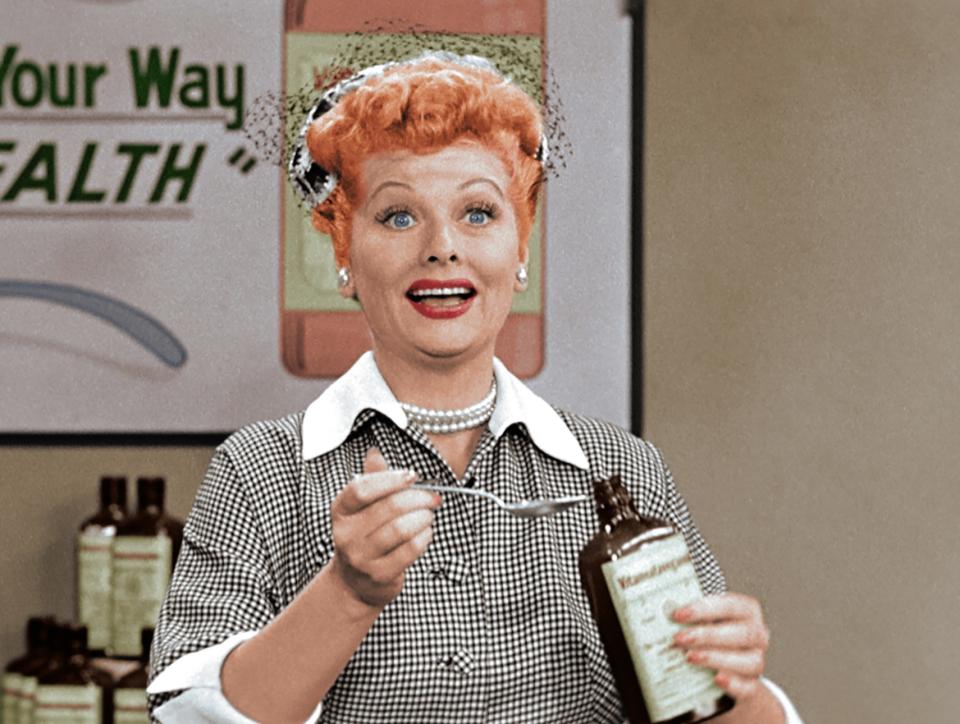
“You think of all these names from Lucille Ball to Candice Bergen, Roseanne, Fran Drescher, even Alec Baldwin and Kelsey Grammer. They contributed to more than just their show. They contributed to the state of comedy,” opines Jim McKairnes, a former senior vice president of planning for CBS who’s spent the past 13 years teaching TV history at the college level. “There are just some things that are missing from the landscape that don’t have to disappear for the sake of evolution or revolution.”
So, who is the face of comedy in 2023? If recent Emmy wins are to be believed, Jason Sudeikis is the reigning king for his work on Apple TV+’s Ted Lasso, while Jean Smart wears the crown for headlining the Max series Hacks. Yet no matter how much critics heap praise on their performances, those shows are missing two key components: while undeniably charming, they’re not straight-up comedies. And more important, they’re not true commercial successes like the sitcoms of yesteryear.
Before you start arguing how it seems like AFC Richmond fever is everywhere, consider this: Trends on social media aren’t an accurate measurement of a show’s true commercial value, nor are magazine covers, appearances on late-night talk shows and yes — even awards. Only 5.92 million viewers tuned in to see Ted Lasso win its second Emmy for Outstanding Comedy in 2022, making it the least-watched ceremony in the history of the awards. And ask any of your non-coastal relatives if they subscribe to both Apple TV+ and Max: chances are good that they don’t.
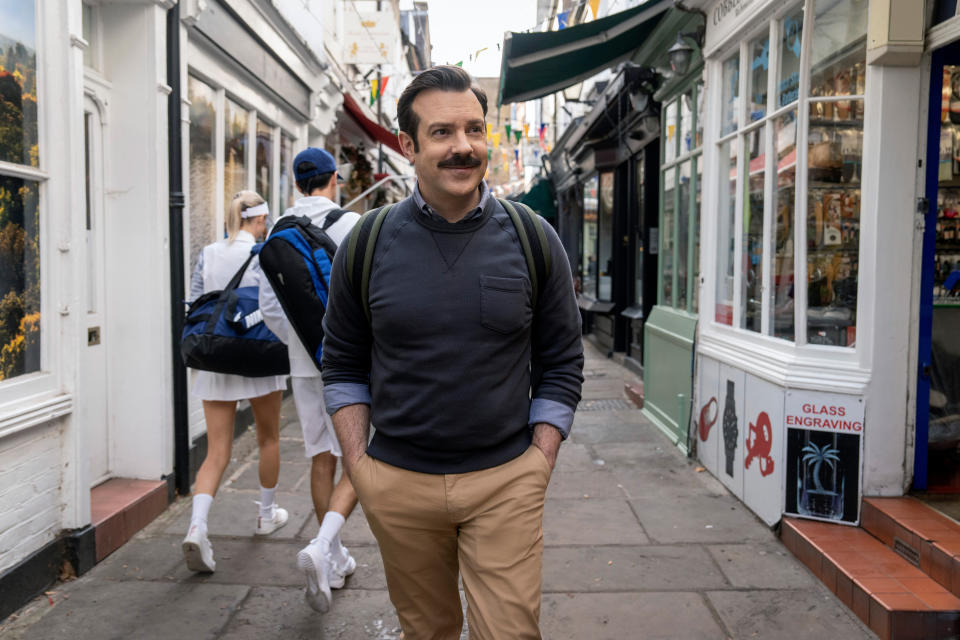
Now that Ted Lasso has for all intents and purposes ended its run with Apple TV+ (no matter how much the streamer would like us to believe that it may return), fans will likely follow Sudeikis to his next comedy. But does his success on Ted Lasso make him a bona fide hitmaker? Maybe, but probably not in the way that Seinfeld’s Dreyfus was able to turn The New Adventures of Old Christine into a hit for CBS and Veep for HBO, while Tim Allen parlayed his popularity from Home Improvement into nine seasons of Last Man Standing for ABC and Fox and a second season of The Santa Clauses for Disney+. A true face sells both the specific show and the genre that it’s in — an important component to the viability (and future) of TV comedy. No slight to the extraordinarily talented Quinta Brunson, but her character, Janine Teagues, on Abbott Elementary doesn’t yet have the same household-name status as Jerry and Elaine or Sheldon and Penny. The same goes for the cast of Ghosts; like Abbott Elementary, the show is considered a hit because of its premise, not because of any one of its stars.
We know what you are saying. Why does this matter? Isn’t this the same kind of mindless chatter that also drives cynics to say, why are there no original ideas on TV anymore? And, why are there so many projects based on old IP? You’re right. Of course, you’re right. In the grand scheme of things, we should be celebrating how storytelling on television has evolved, and maybe consider that comedy faces can now be found outside the traditional confines of a sitcom (here’s looking at you, A Black Lady Sketch Show’s Robin Thede; SNL’s Keenan Thompson; and John Mulaney, whose Netflix specials have made him a favorite among many TV comedy writers today). But we also deserve a minute to reflect on how much has changed — and what we have lost.
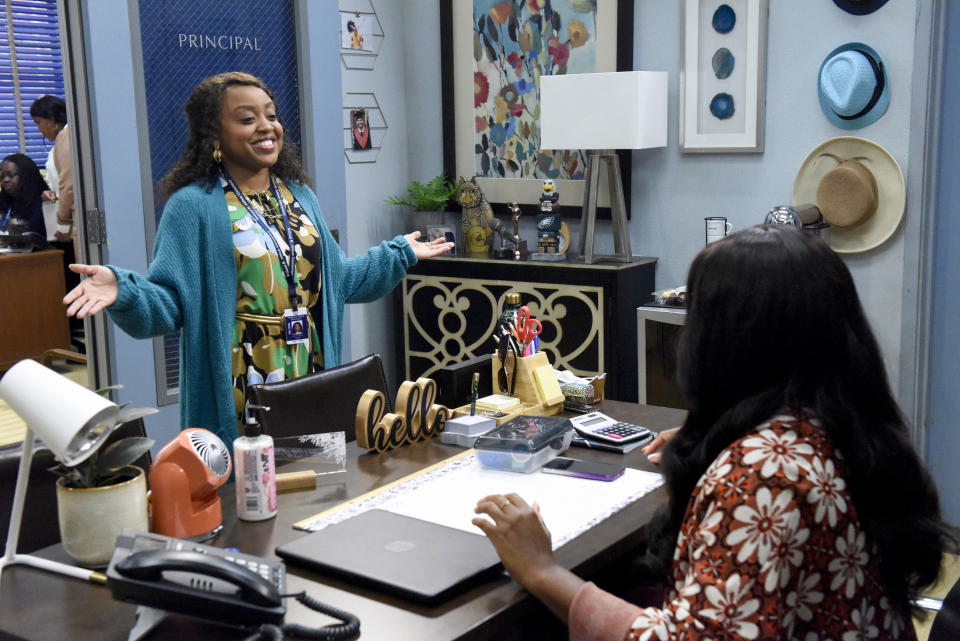
Let’s get back to today’s notion of what constitutes a comedy, at least from the point of view of Emmy voters. Of the eight series nominated in the Outstanding Comedy category, only two are truly humor-driven — the aforementioned Abbott Elementary and Jury Duty, the latter the Amazon Freevee confection that features James Marsden. The rest of the nominees are, at best, dramedies, and at most, heavy dramas — as evidenced by the violent way Barry wrapped its fourth and final season and the heavy talk that transpires each week in the Chicago kitchen of The Bear.
Today’s TV executives — who are influenced, in part, by television critics who generally tend to favor more esoteric fare over Chuck Lorre’s latest joint — aren’t really looking for the kind of knee-slapping romps that used to populate broadcast television. Veteran sitcom writers — and we’re talking about those pros who used to collect Emmys for sport and made big stars out of the likes of Ted Danson and Kelsey Grammer — now struggle to figure out what suits consider a good laugh today. And more often than not, maybe those suits will turn their noses up at bust-a-gut punch lines.
“They want us to dig deeper,” one award-winning sitcom veteran says. “We’re getting hammered with, ‘Less jokes, make it about something.’ Or ‘We like more of this sweetness happening here.’ I’m like, ‘Yeah, we’ll get to the sweetness, but can we be funny before that?’ I always come back to the writers’ room after a notes call saying, ‘They hate jokes.’”
And then there’s the disconnect with younger viewers, that programmers desperately need to reach if the television comedy genre is going to survive. But if Gen Z was asked to name the face of comedy today, they’d likely mention someone from TikTok, not from a show on a streamer or (God forbid) a broadcast network. In fact, most young people today wouldn’t even consider tuning into a so-called sitcom, unless it was a rerun of Friends.
For further proof, consider the students who attend McKairnes’ classes at Middle Tennessee State University. For years, he’s heard students comment on what they watch and don’t watch. More important, they’re quite specific about what they don’t find funny.
“That they weren’t watching linear TV at all was not a headline. What was surprising was that they rejected outright the lame half-hour sitcom form as a whole, a 70-year-old genre, due to its laugh track,” McKairnes says. “The on-screen sound of laughter as a response flat out turned them off. In some cases, it even offended them. The arms-folded ready-to-fight look-of-defiance reason from one student was, ‘I don’t want to be told what’s funny.’”
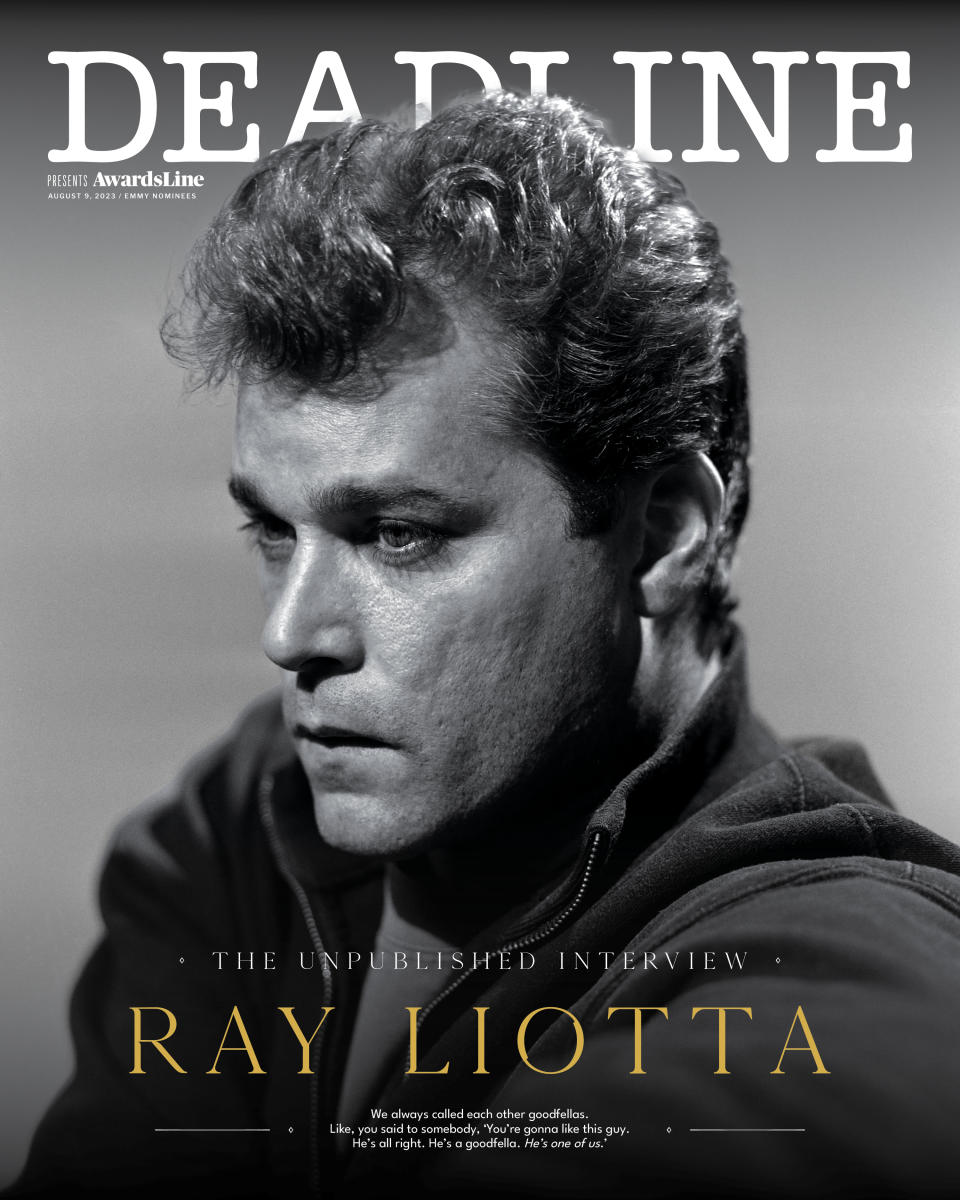
“It’s a hard thing to say because there are still a lot of hardworking people in it,” McKairnes continues. “But TV comedy can be kind of lame, and they just reject it all as pretty lame. And when you see some of the shows that haven’t worked in the past 20 years to try to keep up with a changing world, you can understand why they say that.”
But there have been a few breakthrough moments in his class, which gave McKairnes some hope. When he exposed his classroom to some classic favorite multi-camera comedies, “they saw the appeal,” he says. “Some even laughed.”
“Scenes of I Love Lucy were, let’s go with, enjoyed. It was the same for Sammy Davis Jr.’s famous All in the Family appearance too,” McKairnes says. “The Cheers pilot from 1982, shown in its entirety, was universally accepted, and even praised by some. And they live for The Office, even now.”
That’s funny; we do, too.
Best of Deadline
2023 Premiere Dates For New & Returning Series On Broadcast, Cable & Streaming
SAG-AFTRA Interim Agreements: List Of Movies And Series Granted Waivers
Sign up for Deadline's Newsletter. For the latest news, follow us on Facebook, Twitter, and Instagram.

 Yahoo News
Yahoo News 
